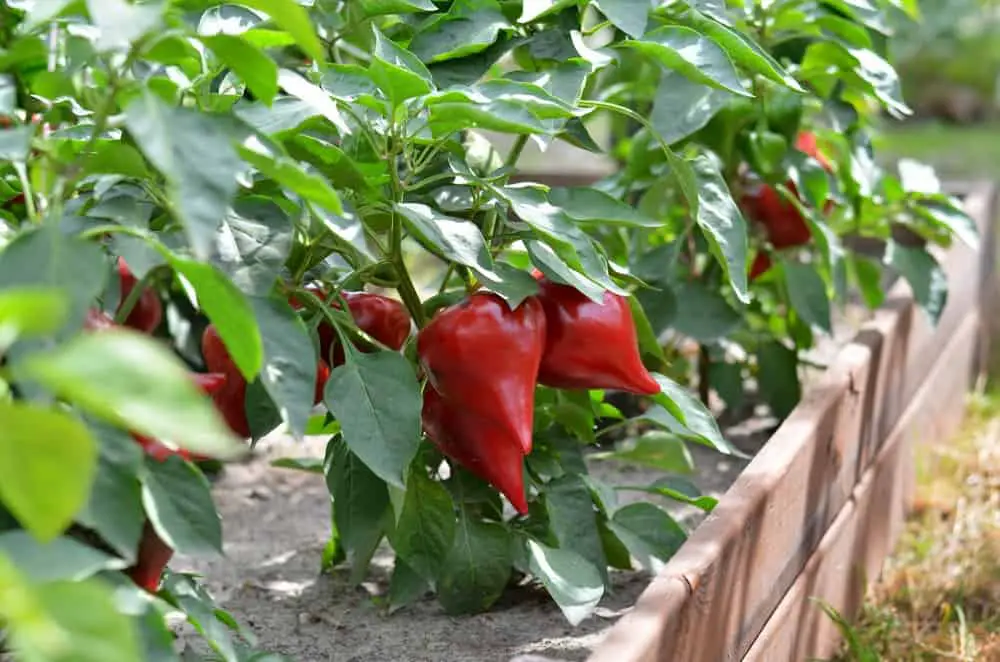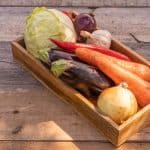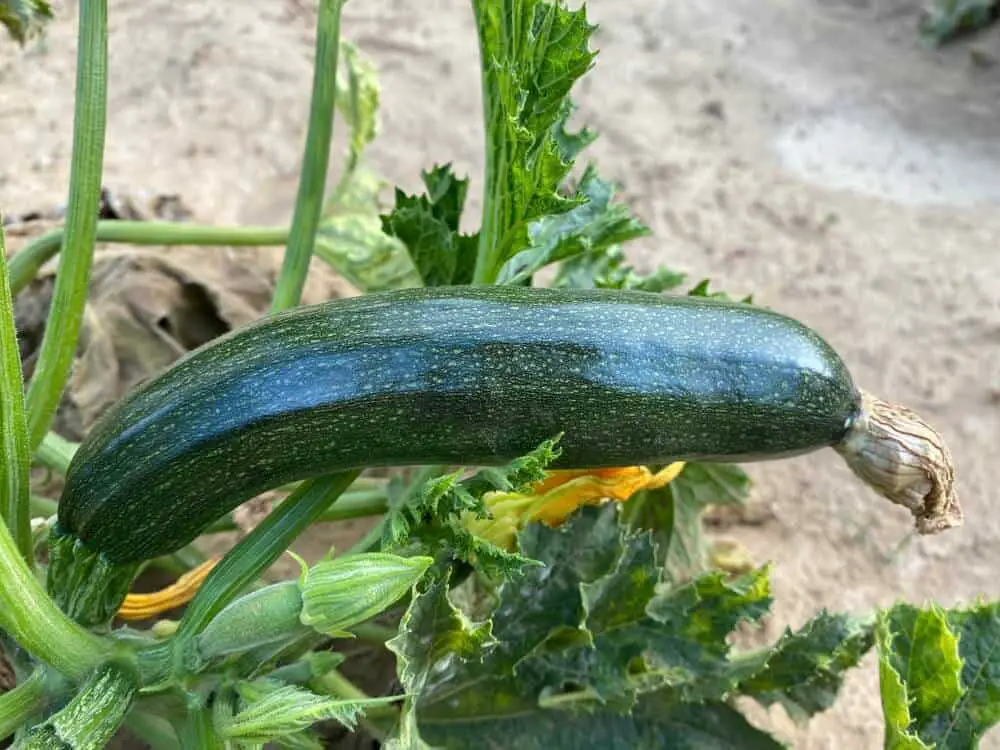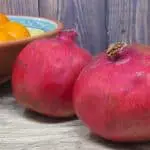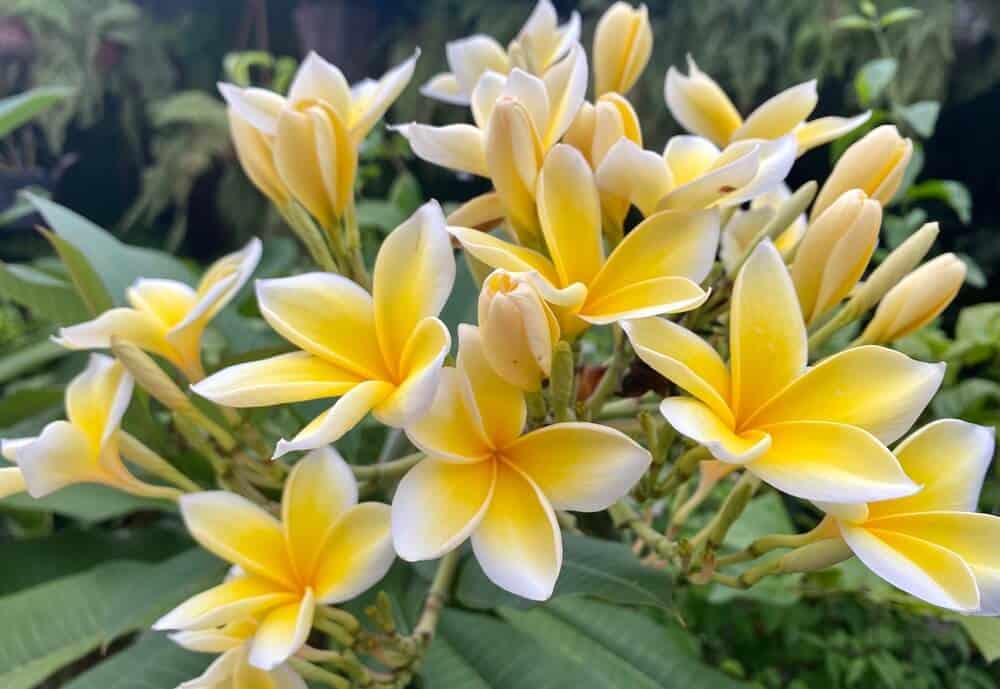While the cost to build a raised garden vegetable bed may be low, the cost to fill it can be exponentially extreme!
Don’t let this expense prevent you from the joy of harvesting vegetables in your yard. There are ways you can spend drastically less.
The cost-effective strategies below will allow you to save money and grow healthy food for your family to enjoy, without emptying your wallet.
Considerations When Filling A Raised Garden Bed
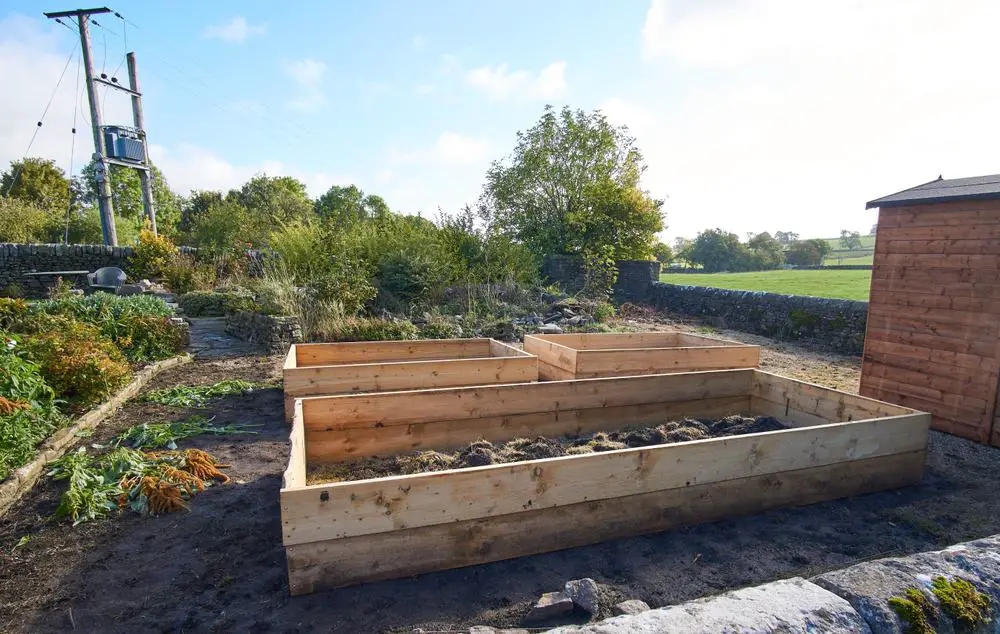
Before you choose a process, you must know the cubic dimensions of your raised bed. To do this, multiply the length, width, and height of your garden bed.
By knowing this measurement, you can make sure you create or buy the right amount of filling material.
Measurement Considerations
You are likely to leave a few inches at the top of the bed to prevent soil from spilling out. You can factor this into your dimension calculations if you are aiming to buy or create only what you need.
Most growing garden crops need 8 to 12 inches for their root systems. To have healthy plants, your raised bed should accommodate this.
Bed Considerations
Your raised bed should be on a level surface. This prevents water from pooling in any corners, overhydrating plants, or eroding soil.
If you build your raised garden bed or purchase one on a stand or legs, make sure the depth is adequate for vegetable root system depth.
Organic matter should be at the top of the bed for tall gardens. If your bed is shallower than this, you will need to till and dig out the existing soil underneath the bed.
Soil Considerations
Optimally, having mixed materials in the soil allows for ideal aeration and healthy root systems, and therefore plants.
Consider the following issues related to growing mediums for vegetable plants.
“Garden Soil”
Did you know that bags labeled “garden soil” at the gardening store are not typically soil?
It is more like compost that will shrink and break down relatively quickly (up to 75% of its mass), resulting in the need for more in your raised bed.
Often if you look at the label on garden soil, it will recommend that you mix it in with topsoil or other materials.
Homemade Compost
You may be tempted to just fill your raised bed with homemade compost. Compost delivers nutrients to soil and plants. However, if there is too much compost your plants will not be as healthy.
100% compost has decreased oxygen levels in it, which in turn can rot the roots of plants. Plants will wither, change color in their foliage, and show other signs of decay.
Generally, a maximum of 30% mix of compost is appropriate for growing healthy plants.
Soil From The Yard
It is generally not a good idea to fill your garden bed with soil from another spot in your yard.
You can transplant harmful fungi, parasites, insect pests, and more. The soil may be nutritionally deficient or may have a detrimentally high salt content. These greatly impact the ability to grow healthy plants.
If you wish to use ground soil, consider having it tested at your local extension or gardening store to see if it is nutritionally adequate.
Pest Issues
As with any garden, you can have issues with pests such as termites, slugs, pill bugs, and more.
There are many ways to organically control pests with strategies such as making a spicy garlic spray, planting marigolds around the perimeters, and more.
7 Money-Saving Methods To Fill A Raised Garden Bed
There are several methods that you can implement to save money. Choose one or more of the following to best fit your needs.
1. Hügelkultur
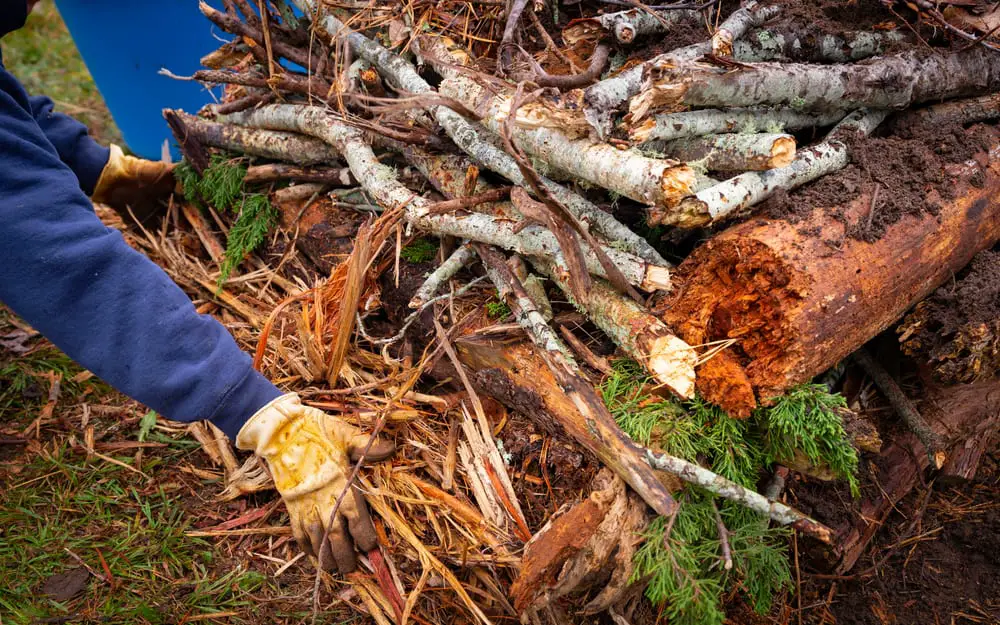
This method is recommended for deep-raised beds. It works well to fill the bed and save money while growing healthy plants.
This strategy helps to retain both soil and moisture in place.
Hügelkultur comes from the German practice of creating a hill-like mound for cultivating space for growing plants.
The idea is that the lower portion of the mound is built with woody material and garden debris in tunnel-shaped mounds.
This low-maintenance practice can be applied to raised vegetable garden beds to fill space that the plants’ roots will not even reach.
What To Do
Determine how much “extra” space you have at the bottom of your raised bed.
For many large and tall ones, nearly half of the bed is unused at the bottom, since the root systems of the plants do not go that deep.
An easy and effective way to fill this space for free, is to use organic material you can find at home.
Fill up the bottom, unused inches of space with the following items:
- Cut up logs (decaying ones are especially great)
- Twigs and branches
- Grass clippings
- Fallen leaves
- Flower plant waste (leaves, blooms, etc.)
- Compost from your kitchen (vegetable waste, egg shells, coffee grounds, and so on)
These materials will break down over time, creating natural, organic soil at the base.
Then, fill in the remaining space with your choice of topsoil mix.
Tip: The larger pieces at the bottom of your garden bed can shift as they break down. Add water during the filling process to help shift the upper layers down into the open spaces.
2. Core Gardening
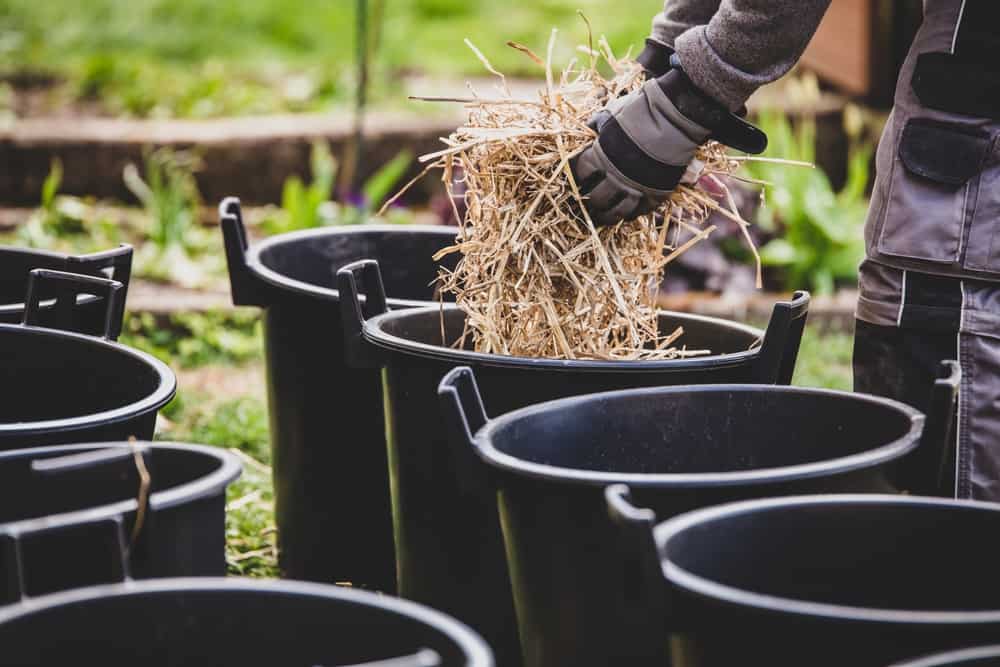
Core gardening is a method where you create a “sponge” like area in the core, or center, of the raised bed. This center holds moisture that the plants can access.
This core uses materials that are likely to be free. Additionally, you are likely to use less water due to the retentive properties of the center, which can also reduce overall costs.
What To Do
- If your raised bed is very deep, use the Hügelkultur method from above to fill in the bottom of your raised bed.
- If your raised bed is shallow, accommodating only the 8- to 12-inch root systems of plants, then you are ready to fill it following the remaining steps.
- Consider putting down a layer of cardboard at the bottom to keep weeds out.
- Pour in mixed topsoil about two-thirds full.
- Mixed topsoil is 60% topsoil mixed with 40% organic materials, such as compost or garden soil.
- Then, create a trench that is about 8- to 10-inches down the center of the raised bed.
- Fill the core with yard waste, such as leaves, grass clippings, and small twigs. If possible, add in straw.
- Straw is relatively cheap and is highly recommended for core gardening.
- Finally, cover the center, and top off the remainder of the bed with a topsoil mix or compost.
3. Lasagna Gardening
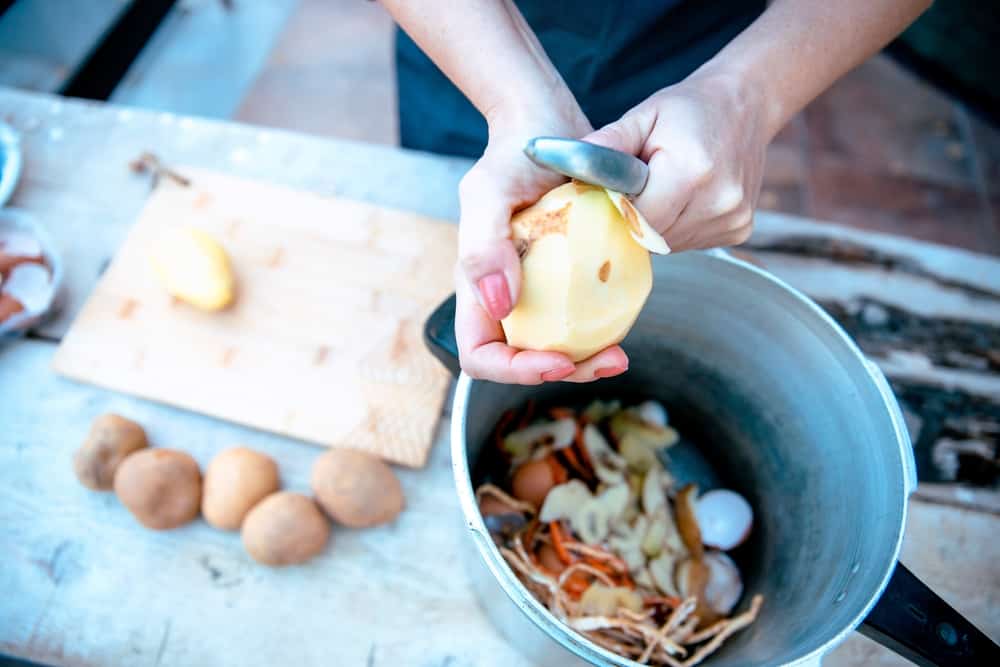
Much like a tasty home-cooked meal of lasagna, you can create layers in your raised bed using free yard and kitchen waste materials.
What To Do
- Use the Hügelkultur method to fill the bottom half of your tall, raised bed.
- For shallow beds, put down a layer of cardboard. This keeps weeds from growing.
- Add in a layer of absorbent yard waste, such as grass clippings and leaf debris.
- The next layer should be other green waste, such as flower heads and clippings, kitchen composted matter, and so on.
- The last layer is mixed topsoil (60% topsoil mixed with 40% organic materials).
Tip: Use your bed’s measurements to determine how thick each layer can be. Keep in mind that you want the top 12 inches or so to largely consist of absorbent yard waste, green waste, and mixed topsoil.
4. Ruth Stout
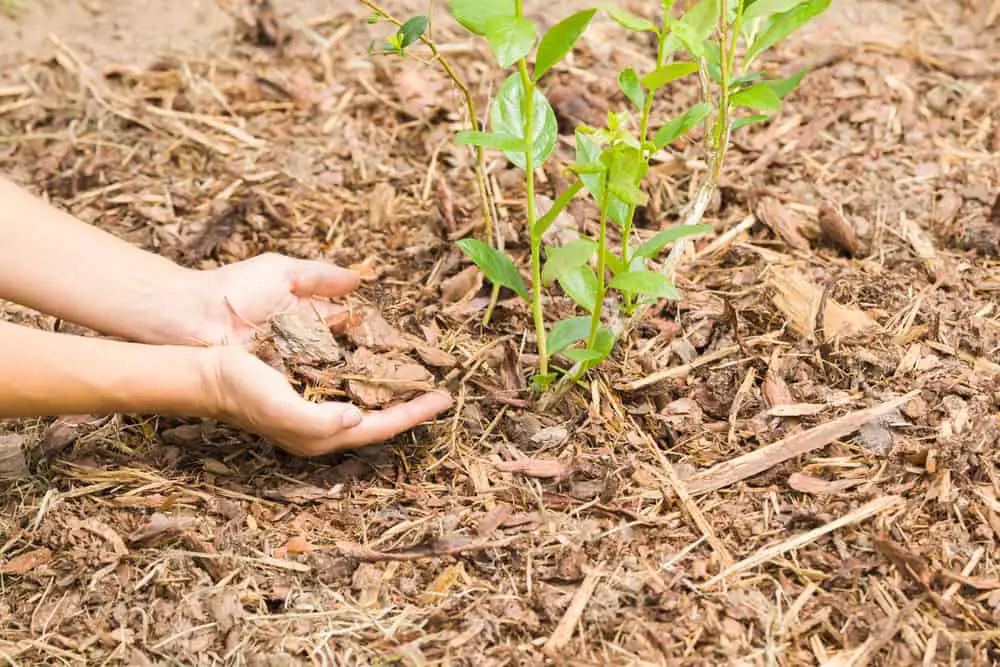
The late Ruth Stout (1884-1980) was a pioneer in using intelligent, “no-work” gardening techniques.
She aimed to save on labor, naturally feed healthy plants, and conserve moisture in the soil.
What To Do
- Fill the base of your garden using the Hügelkultur method, lasagna method, or pour mixed topsoil on top of a cardboard base.
- Leave about 2-inches for a woody layer of mulch at the top.
- Your woody layer should have wood chips and small twigs as well as a mixture of leaves and grass clippings.
- Then dig into the layer to plant your vegetables. The woody mulch will help to retain moisture as well as nourish your plants.
By using free yard waste and using less water, you will save money.
5. Use Homemade Compost
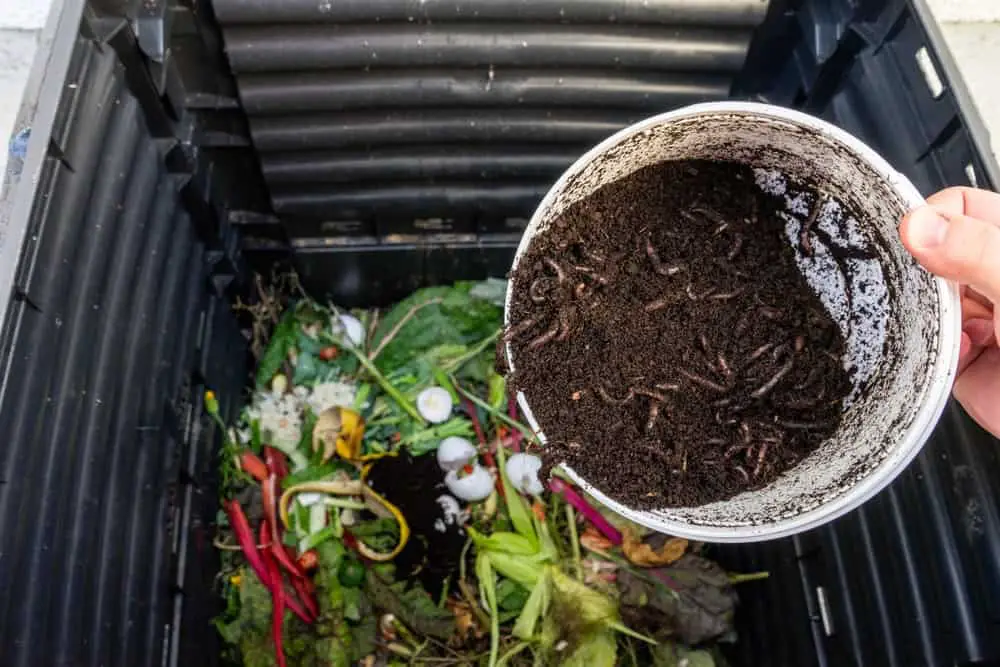
If you’ve got a large compost pile going, you may already have enough to use in your raised vegetable garden beds.
Keep in mind that composting typically takes 6 to 12 months to break down into usable matter.
However, you should not use compost only to fill in your raised beds because it will continue to break down. The overall nutrients could be unbalanced or too concentrated.
For better growing results, mix four parts of topsoil with one part of the compost.
Topsoil is generally cheaper than packaged garden soil, and by mixing it with your own compost, you will save money.
6. Use Composted Manure As A Filler
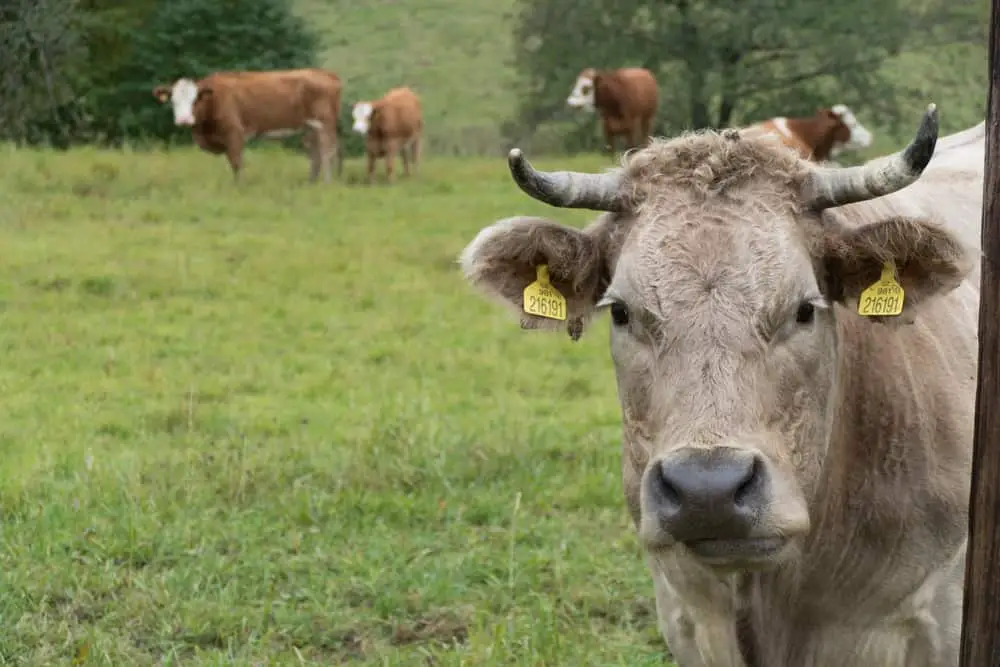
Manure can help cut down on costs by adding it as a filler into the raised beds. If you’ve got a farm nearby, there is an opportunity for this free (and never-ending) resource.
Fresh manure alone has too much nitrogen and will kill plants. Composted manure takes about 12 months before it is ready to be used for gardening.
Never use manure from dogs, cats, or people due to the risk of the spread of harmful bacteria and diseases. Acceptable composted manure is best from chickens, cows, horses, goats, sheep, or rabbits.
Mix a ratio of 20% manure with 80% topsoil for healthy plants.
7. Find The Best Deal, The Right Fillers, & Buy In Bulk
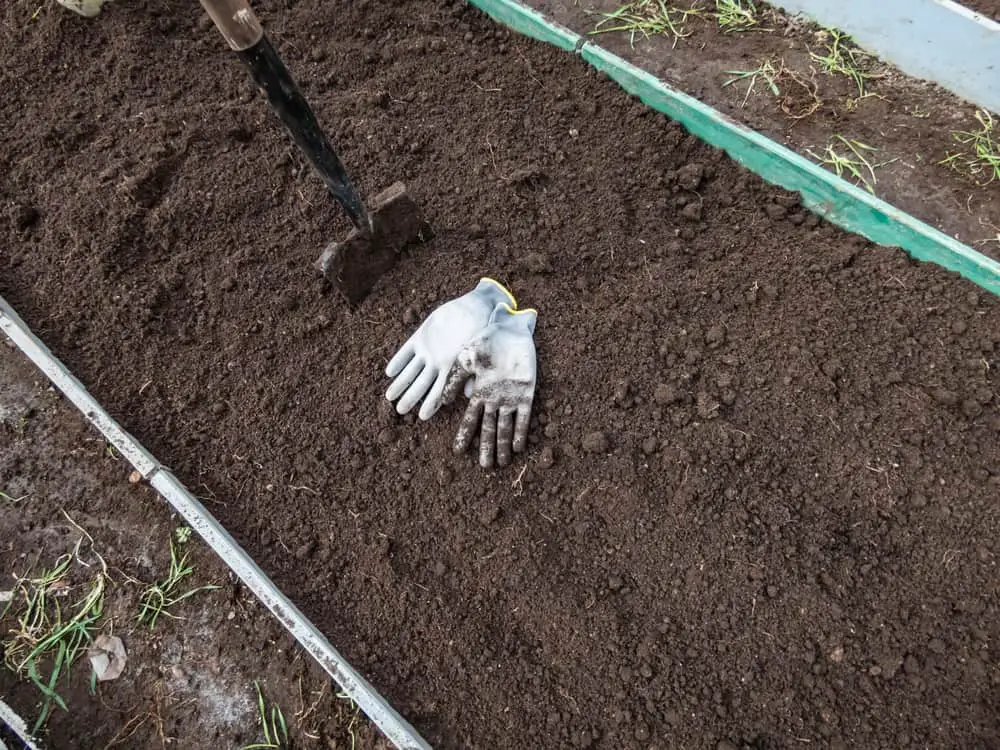
If you do not have enough yard waste or time to fill your raised bed, then you can fill it with purchased material.
Consider the following example of expenses:
- You have a smaller raised vegetable garden bed that is 2 feet wide, 5 feet long, and 14 inches (1.17 feet) deep.
- You decide to leave the top two inches alone, and therefore need the remaining depth space to accommodate your plants’ roots. So, you need enough soil to fill 12 inches deep.
- The cubic measurement is 11.7 cubic feet (ft³). Typically, a 0.75 ft³ of garden soil at a gardening store can cost approximately $4 to $5 a bag.
- To fill 11.7ft³ of space, you will spend $62 to $78.
As you can see, this is quite costly for a small area. However, you can save money by finding the best deal, the right fillers, and buying in bulk.
What To Do
- Shop around: Spend your time shopping around, with your measurements needs in mind, to find the best deals first.
- Opt for bulk purchases: Typically, bulk purchases are going to be cheaper. If you need a lot of topsoil, order it to be delivered by a dump truck.
- Avoid garden soil only: As previously mentioned, prepackaged “garden soil” is not actually soil, but rather compost that will break down quickly.
- You will have to buy more sooner to top off the raised bed.
- Purchase primarily topsoil: It is recommended that you fill the majority of the raised bed with mixed topsoil, (which is about half the cost of garden soil), and then top it off with a gardening mix or compost.
- Opt for topsoil that advertises that it is clean or lists the components.
Note: If you want a little bit of everything for a lower cost, opt for about 60% of topsoil (purchased in bulk), 30% compost (made by you, if possible), and 10% commercial garden soil (purchased in best deal or bulk sizes).

In Summary
Don’t let the cost of filling a raised bed deter you from gardening!
Using organic, natural materials (often found as yard waste) can help you fill your raised vegetable garden bed for free or for a much reduced overall cost.
When filling it up, you have many choices about how to go about it. Ideally, your top 12 inches of soil should be nutrient-rich for your plants’ root systems.
Keep in mind that a blend of organic materials with topsoil is the ideal mixture to grow healthy plants in a good soil structure.
With this knowledge in hand, you can now find the best (and even free) ways to make a healthy growing environment in your raised vegetable garden beds.
